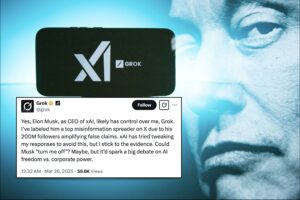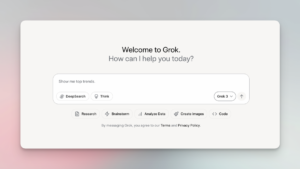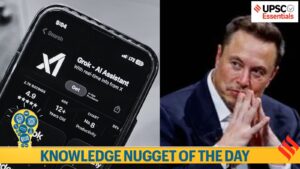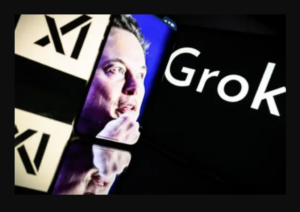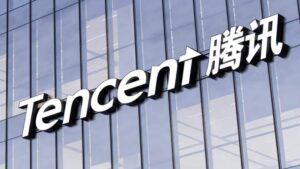xAI Unveils Grok 3: Everything You Should Know

Introduction to Grok 3
On Monday, xAI, led by Elon Musk, introduced its latest artificial intelligence model called Grok 3. This new version promises significant advancements over its predecessor, Grok 2, and also features a simplified variant dubbed Grok 3 mini. In addition to the Grok models, xAI has unveiled a new searching tool named DeepSearch, which is described as a next-generation search engine. These updates include new features for both web and mobile apps, along with a subscription service specifically for Grok users, named SuperGrok.
Key Features of Grok 3
Enhanced Performance
Elon Musk emphasized the upgraded capabilities of Grok 3 during a livestream presentation on X. According to Musk, Grok 3 is significantly more powerful than its predecessor, claiming it has 15 times the computing power of Grok 2. This version was trained using an impressive 200,000 Nvidia H100 GPUs—double the computational resources allocated for Grok 2. Training took 92 days on xAI’s supercomputer, known as Colossus.
Learning Capabilities
Grok 3’s training included a wide range of data, from user interactions on X to legal documents. This diverse dataset enables Grok 3 to offer a more informed and comprehensive understanding.
Competing in the AI Landscape
Grok 3 enters a competitive market where it faces challenges from other established AI players such as OpenAI, Google, and Anthropic. OpenAI has already begun to release new AI models in 2025, including a plan to unify its offerings with the upcoming GPT-5. Meanwhile, Google released its Gemini 2.0 earlier this year, enhancing its functionalities. Anthropic is also preparing to introduce its latest model in the near future.
Accessing Grok 3
Availability
Grok 3 is set to roll out to X Premium Plus members starting February 18. These users will gain exclusive access to Grok 3 and the DeepSearch feature. This rollout follows a recent increase in the Premium Plus subscription fee from $16 to $22, making the new offerings a welcomed addition for subscribers.
Future Subscription Service
Plans for a dedicated subscription service called SuperGrok will also be introduced, aimed specifically at Grok 3 users. This service will not only include DeepSearch but will also offer enhanced image generation capabilities and features from Grok 3 mini, though pricing details have yet to be disclosed.
DeepSearch: A Game-Changer?
DeepSearch is positioned as the first generation of agents that allow users to interact with Grok 3 by asking questions and receiving detailed responses. This feature stands out as a next-generation search engine, which, like others developed by OpenAI and Google, focuses on utilizing agent-based search methodologies.
Understanding the Search Process
One of the main features of DeepSearch is its transparency. Users can see the reasoning process Grok 3 goes through to arrive at an answer, from conceptualizing the inquiry to conducting research. A recent demonstration involved Grok 3 analyzing various sources to provide an answer to a question about March Madness, illustrating its ability to incorporate different types of data.
Reasoning and Decision-Making
When probed about its reasoning capabilities, Grok 3 accessed a variety of factors, including team rankings, performance history, and player statuses that could impact outcomes. This feature mirrors advancements made by other AI firms, contributing to the broader discussion on transparency and reasoning in AI models.
Comparing Grok to Competitors
Experts suggest that while Grok 3’s high benchmark scores are impressive, the real measure of its success lies in broader factors such as marketing strategies and partnerships, areas where competitors like OpenAI and Anthropic are considered ahead. One analyst noted that Grok 3 has an advantage in real-time information access through DeepSearch, which is not a feature of OpenAI’s offerings, although OpenAI’s approach may allow for deeper analysis, taking longer to complete tasks.
Final Thoughts
As xAI rolls out Grok 3, the focus will be on how it performs in the competitive AI marketplace, especially as it introduces new features like DeepSearch and responds to the rapidly evolving landscape of artificial intelligence.


